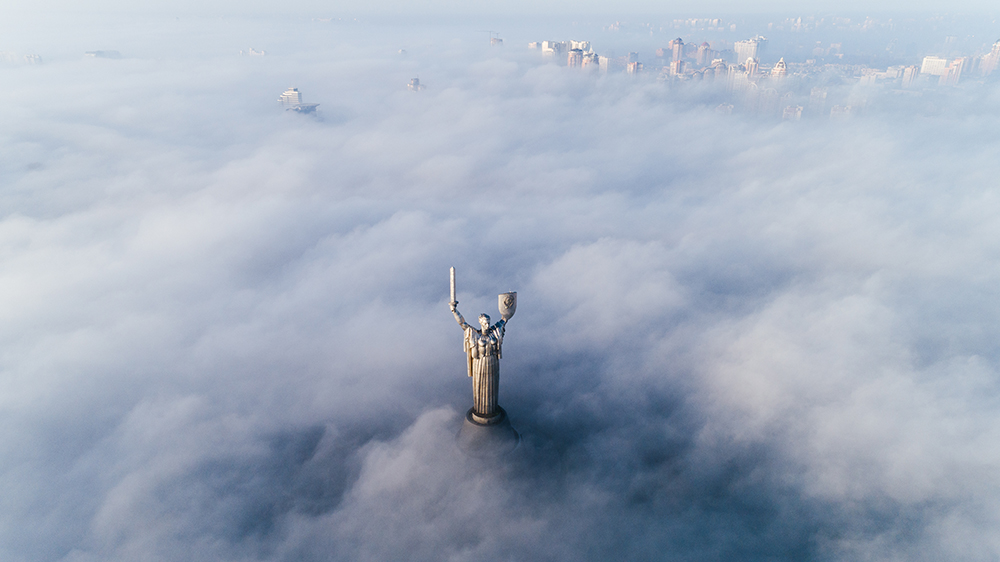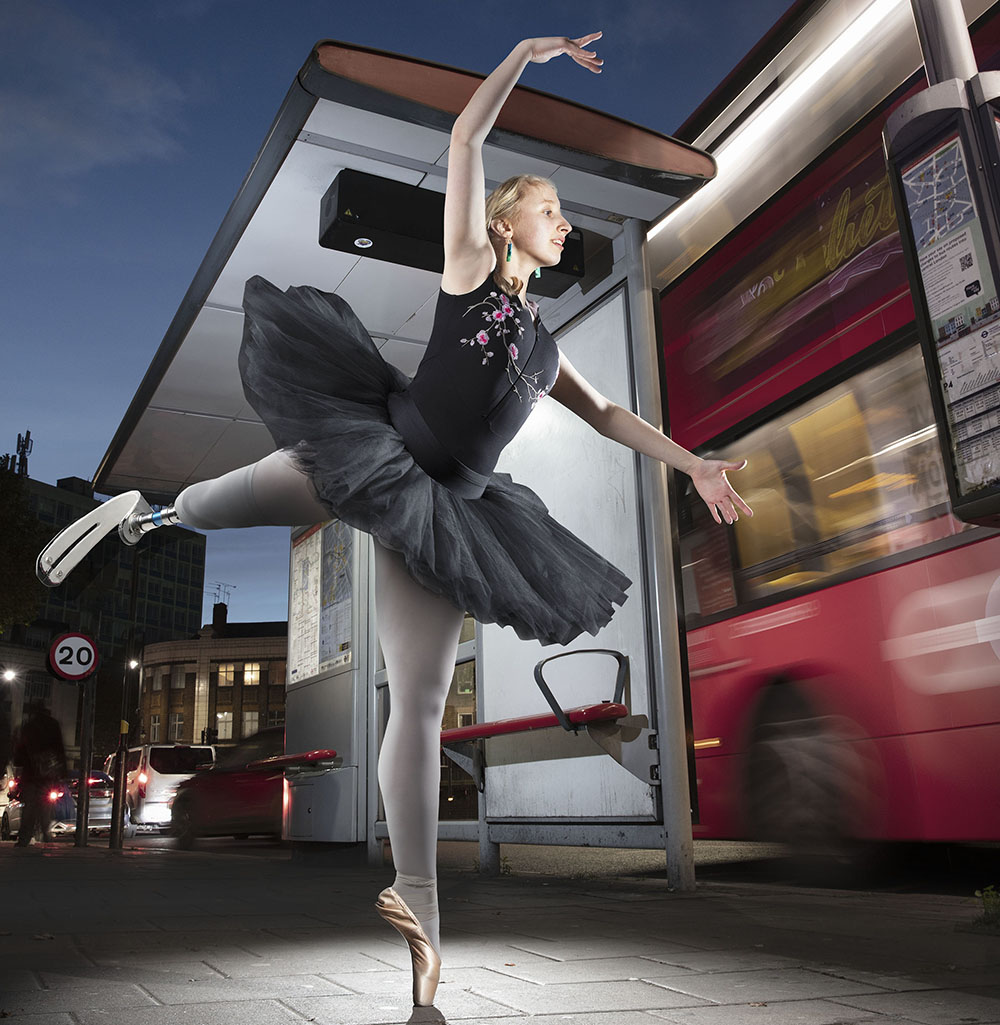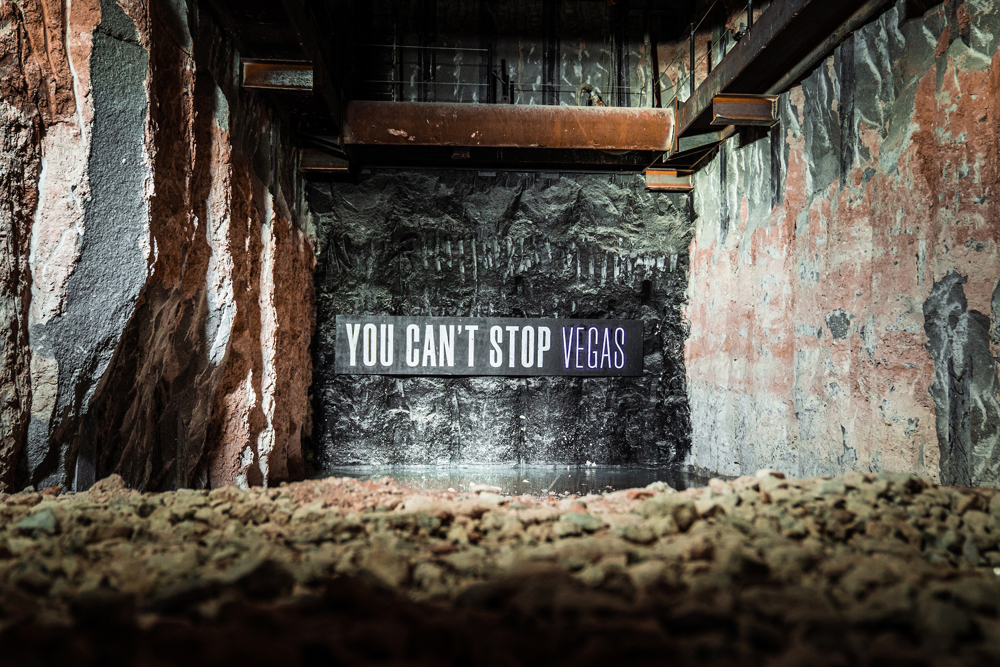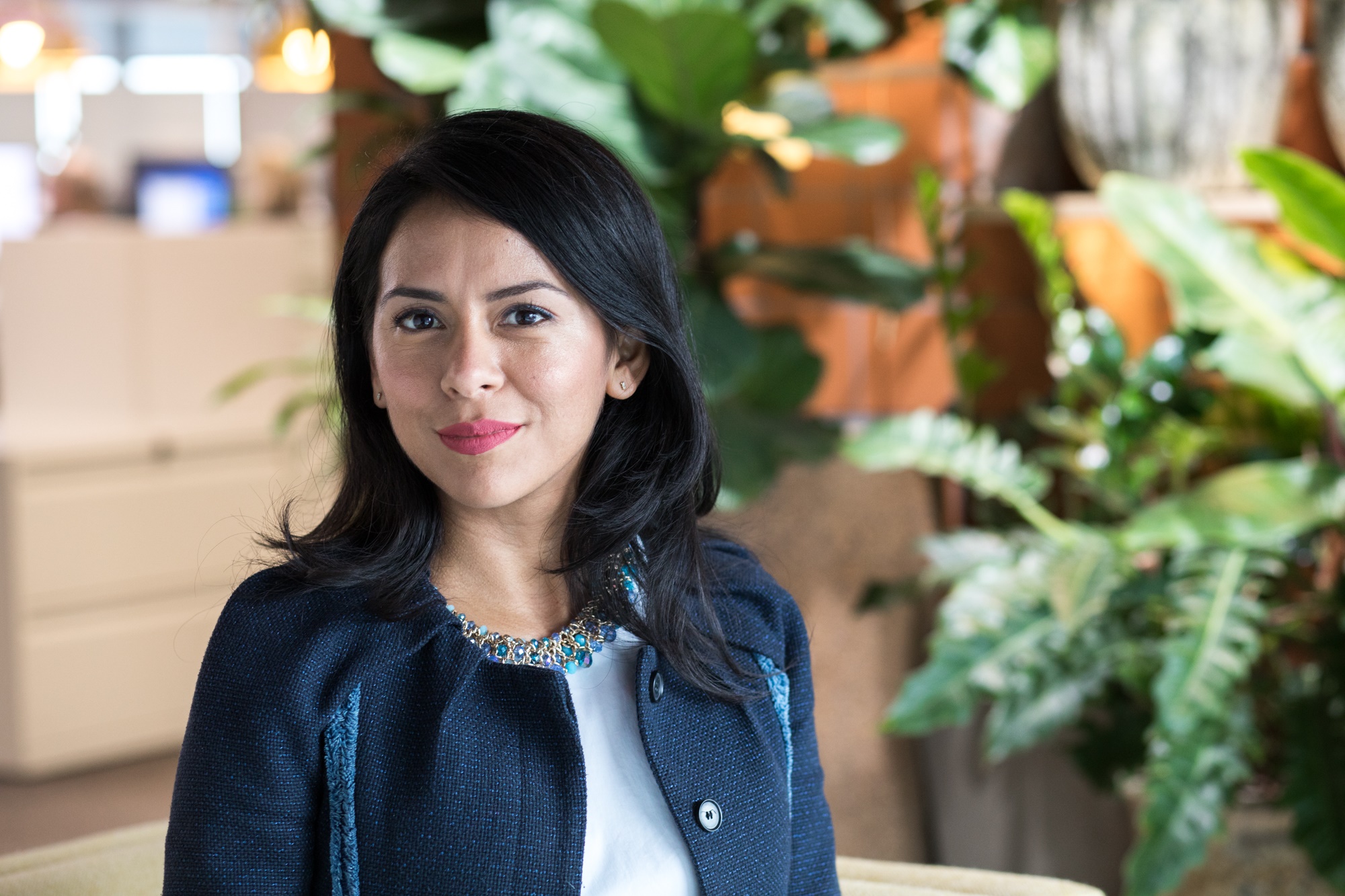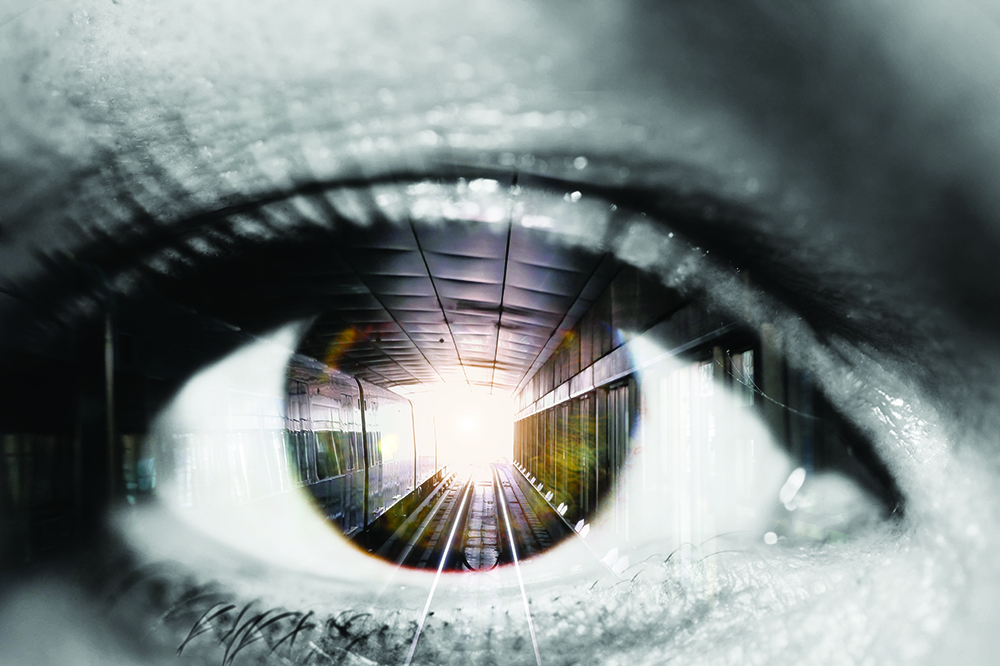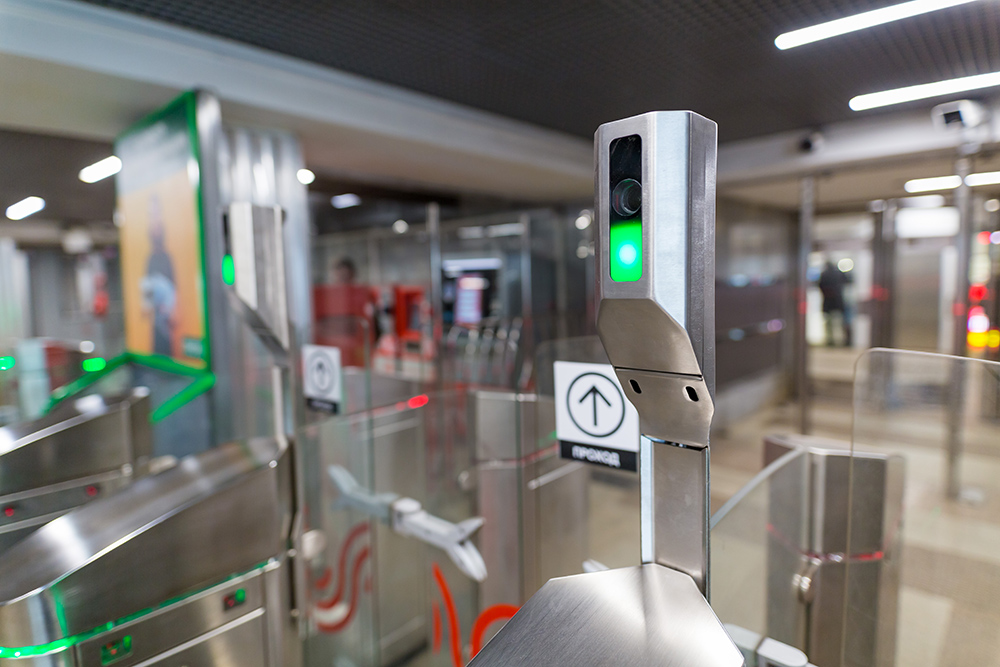
What did you learn from the Face Pay test this year?
In early summer, all Moscow Metro employees started to use Face Pay: 65,000 metro workers, and 20,000 contractor personnel. In August, passengers started to test the service, their number gradually increased. In September, 15,000 passengers began testing the service at all metro stations.
Based on feedback from the testers, we carried out a lot of work: for example, we adjusted lighting at dark stations and stations with historical lighting, changed camera settings, optimised and accelerated the operation of the facial recognition algorithm. According to the results of testing, the percentage of erroneous recognition when passing using Face Pay was no more than 0.01%. After the official launch of the system on 15 October, we also continue to work on improving and speeding up the service.
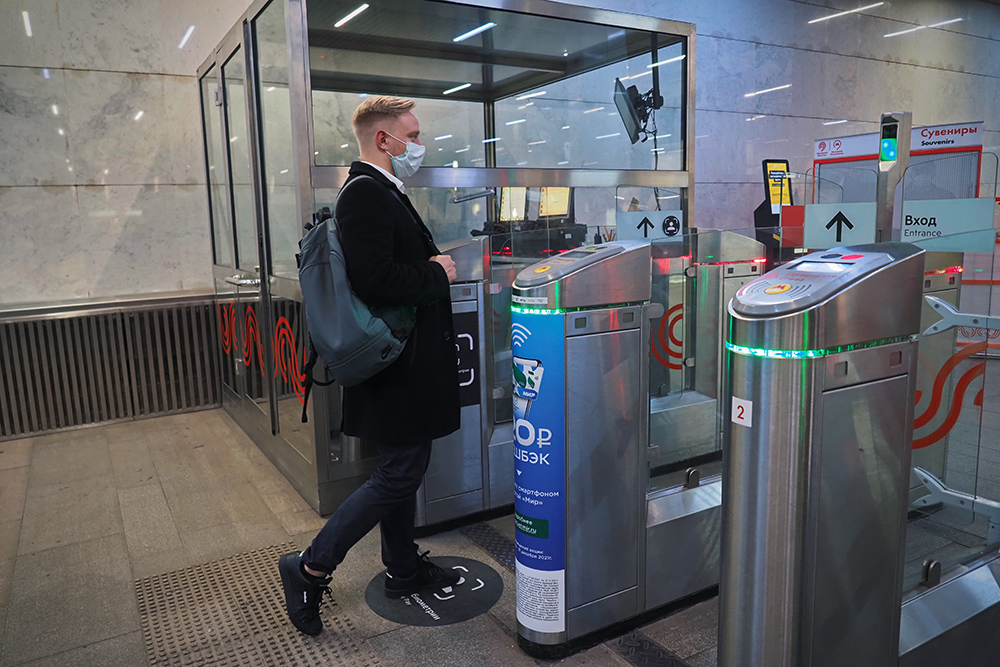
Passengers said they wanted to be able to use Face Pay not only with a bank card but also with a Troika transport card or a social card. We are already working on it. Passengers also wish to scale the service to other modes of transport: next year we will launch on the MCC (Moscow Central Circle), and we are considering launching it on MCD (Moscow Central Diameters) and ground transport.
Where does it operate and what were the results?
We have gradually launched the service on all metro lines. In September, Face Pay became available for testing at all metro stations. The launch of the system testing demonstrated the high demand among citizens: the first focus group was recruited in five days. Face Pay is now available to all passengers at all metro stations.
Are there plans to expand it?
When? How far?
Now in every metro lobby, there is at least one turnstile where passengers can pass using their biometrics. Some stations have more - there are already three turnstiles with Face Pay on the Smolenskaya station on Line 4.
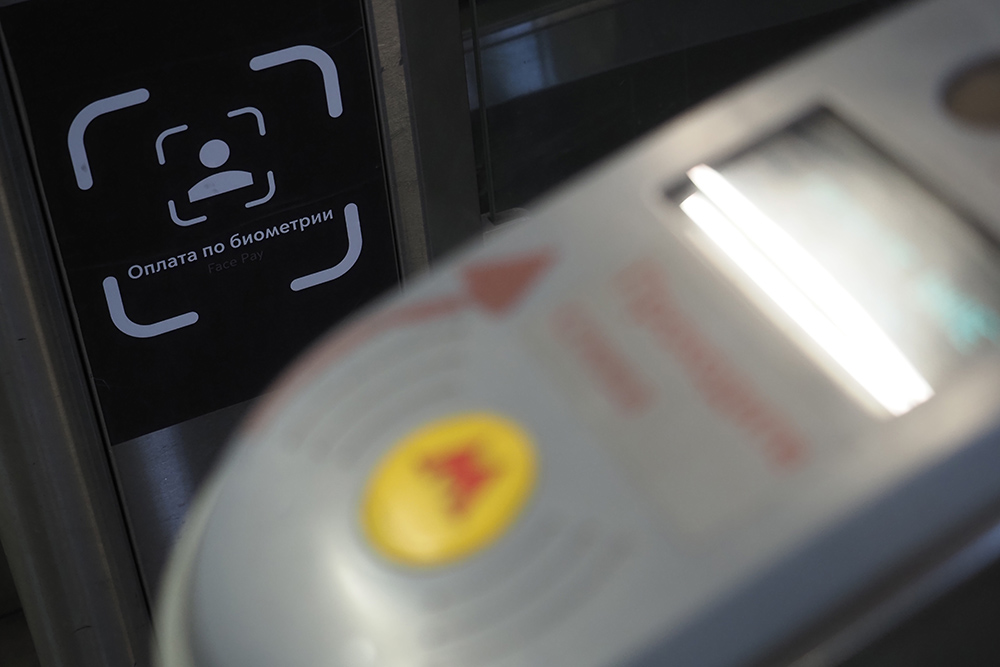
Now the infrastructure is coping with the load, but if demand continues to grow, we will expand the ability to pay using Face Pay.
All turnstiles are already equipped with cameras. Within a month, 40,000 people joined the new service. We expect that 10-15% of passengers will switch to this payment method in the next few years. As we said, next year we plan to launch Face Pay on the MCC and are considering the possibility of launching the service on MDC and ground transport.
How does Face Pay actually work?
To use the service, the passenger needs to register in the Moscow Metro mobile app, take a picture, add a bank card with funds to pay for travel, and a Troika transport card. For the correct operation of the service, the photo must be full-face and taken in good light. Then the system itself will convert the photo into a biometric key; this is a sequence of data that cannot be restored to the face image.
This key is stored on the server. Then the person approaches the turnstile marked with a special black sticker and looks into the camera. The system reads the face, converts this data into a biometric key, compares it with those available in the database. If it matches, the turnstile opens, and money is debited from the bank card. We recommend to put the mask down a little to help the system recognise the face faster.
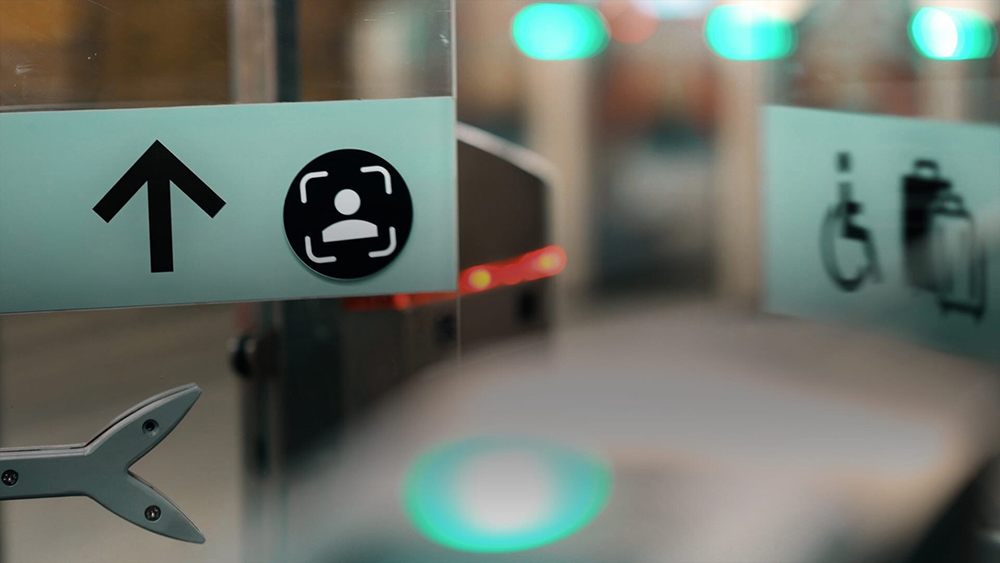
Face Pay servers are installed in all lobbies, but each of them is synchronised with the central server. This is how we managed to achieve a high response rate of the system. Moreover, transactions on most bank cards are processed at the turnstile in offline mode without accessing a remote server.
This also has an impact on the speed of the service and payment processing. The speed of opening the turnstile when paying with Face Pay is the same as when paying with a bank card – 1-1.5 seconds. For passengers with a mask covering most of the face it is a little longer. To identify that this is a living person - and not a photo, video, or 3D mask - Face Pay uses the Liveness function. To put it simply, it determines how much a person’s behaviour is natural and not static. Passengers noticed that sometimes it is necessary to move your head a little for faster recognition. If a person has somehow radically changed his appearance or severely injured his face, the photo in the application can always be changed; it takes less than a minute.
Can you describe the technology required? Who supplies it?
The software is Russian, and the Moscow Government owns it.
What are the main problems you have found with Face Pay in practice?
At the beginning of testing, there were several examples when the system made a mistake. We updated neural networks several times, improved them, and now this probability of a mistake approaches zero. At first, people were very cautious about the innovation, there were many concerns from the point of view of security, but gradually everyone realised that it was fast and convenient, there is nothing to be afraid of.
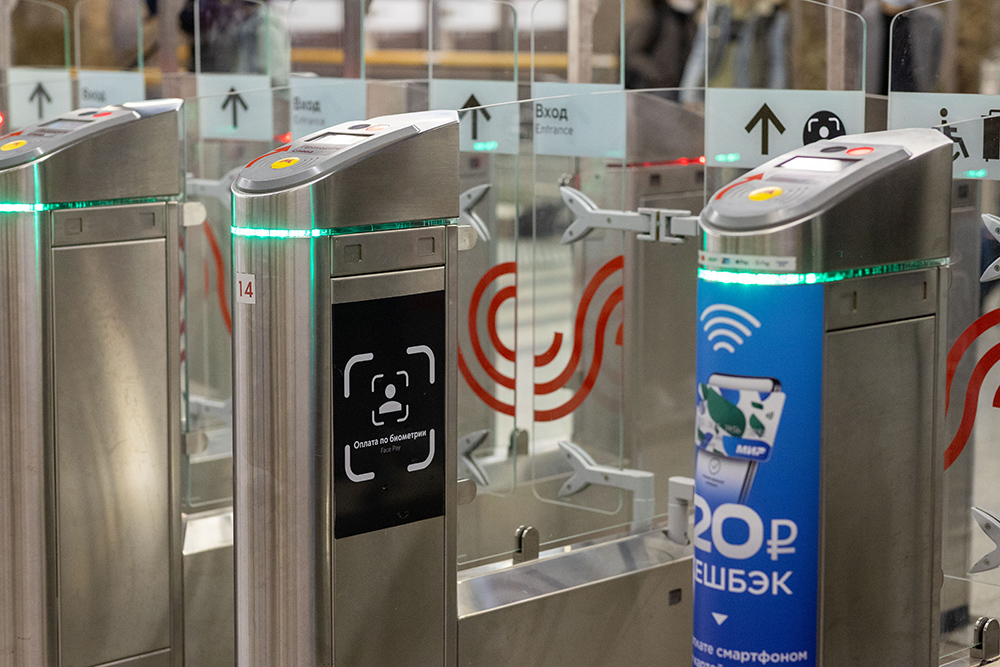
What have been the advantages? Has it reduced congestion in stations?
The Moscow Metro plays a leading role in the world in terms of the number of contactless payment methods, we are among the first to introduce them. Our main goal is to reduce queues at the ticket offices. If 10 years ago a passenger had to stand in line for more than 10 minutes, now buying a ticket takes an average of a minute, and using the app just a few seconds. To use Face Pay, a passenger does not need to bring anything or touch anything. The launch of Face Pay has become especially relevant during the pandemic. Now Face Pay payment takes no more time than paying with a bank card. Taking into account the need to get a phone or a card out of a pocket or a bag, maybe it is even faster. We did not install additional cameras.
People worldwide are worried about how their data is used – so how will Moscow Metro use the facial data that it has?
Biometric data of Face Pay users is automatically converted into an encrypted mathematical code — a biometric key, it happens without human intervention. These keys are generated in such a way that reverse decryption into the image of a human face is impossible. The camera on the turnstile reads this biometric key. That is, the system compares biometric keys of Face Pay users, and not a face image or other personal data. Data is protected; biometric keys are processed in a secure loop on separate servers in accordance with the law on the storage and processing of personal data. So paying for a ride using Face Pay is as safe as shopping in stores. In addition, the passenger can safely delete the account from the system, and the data will be erased. Moscow Metro does not store images of faces.



